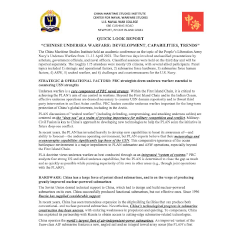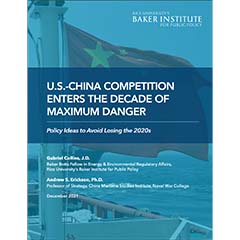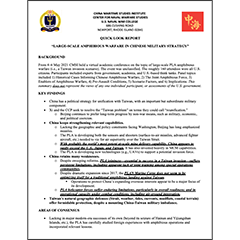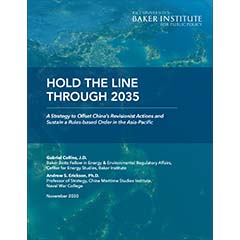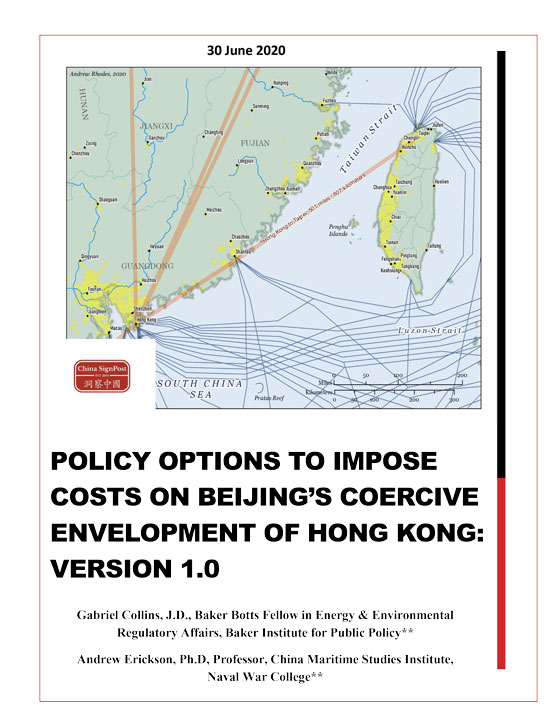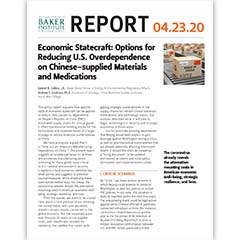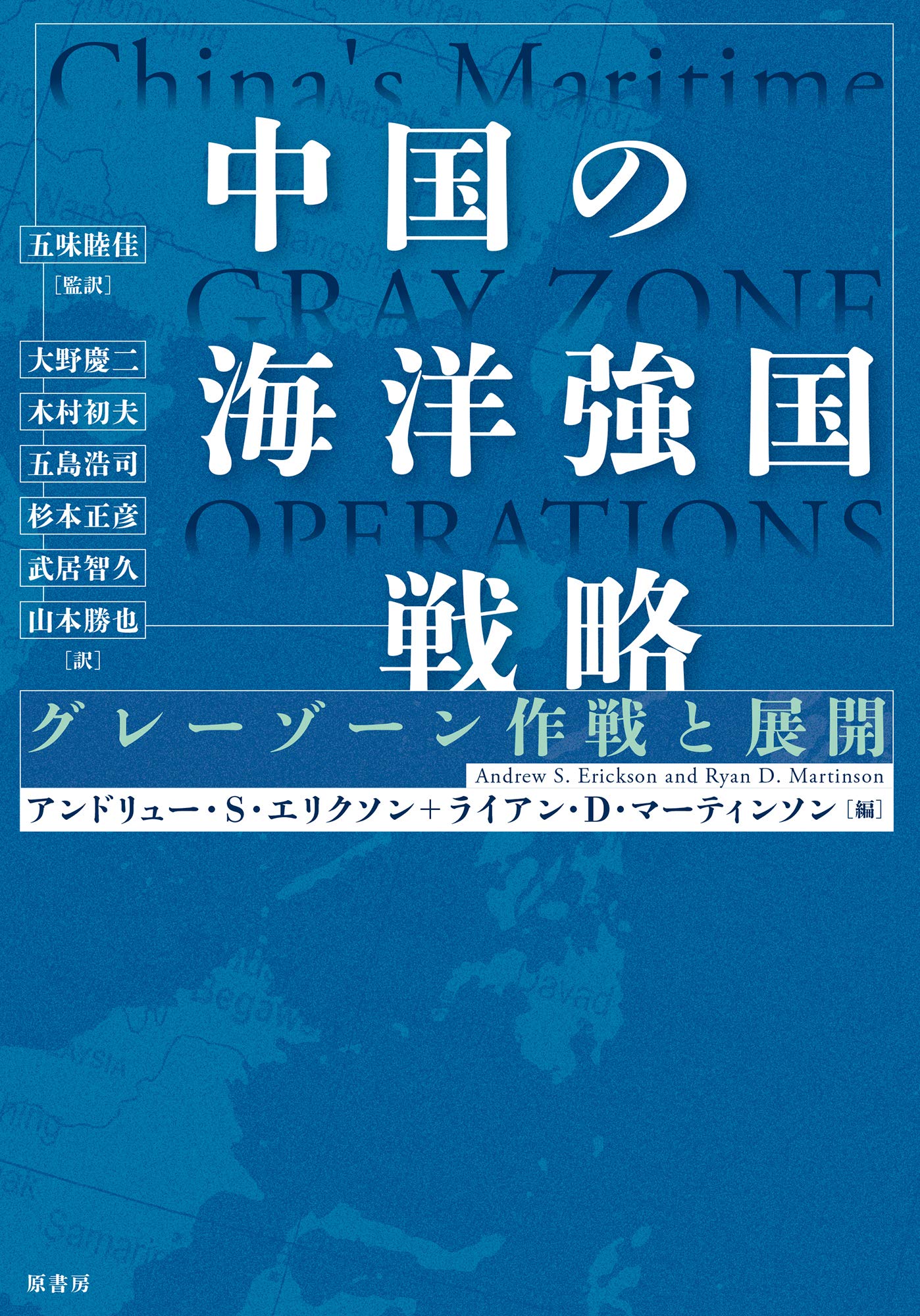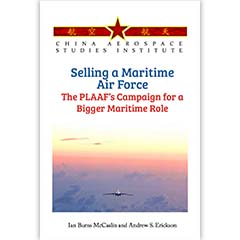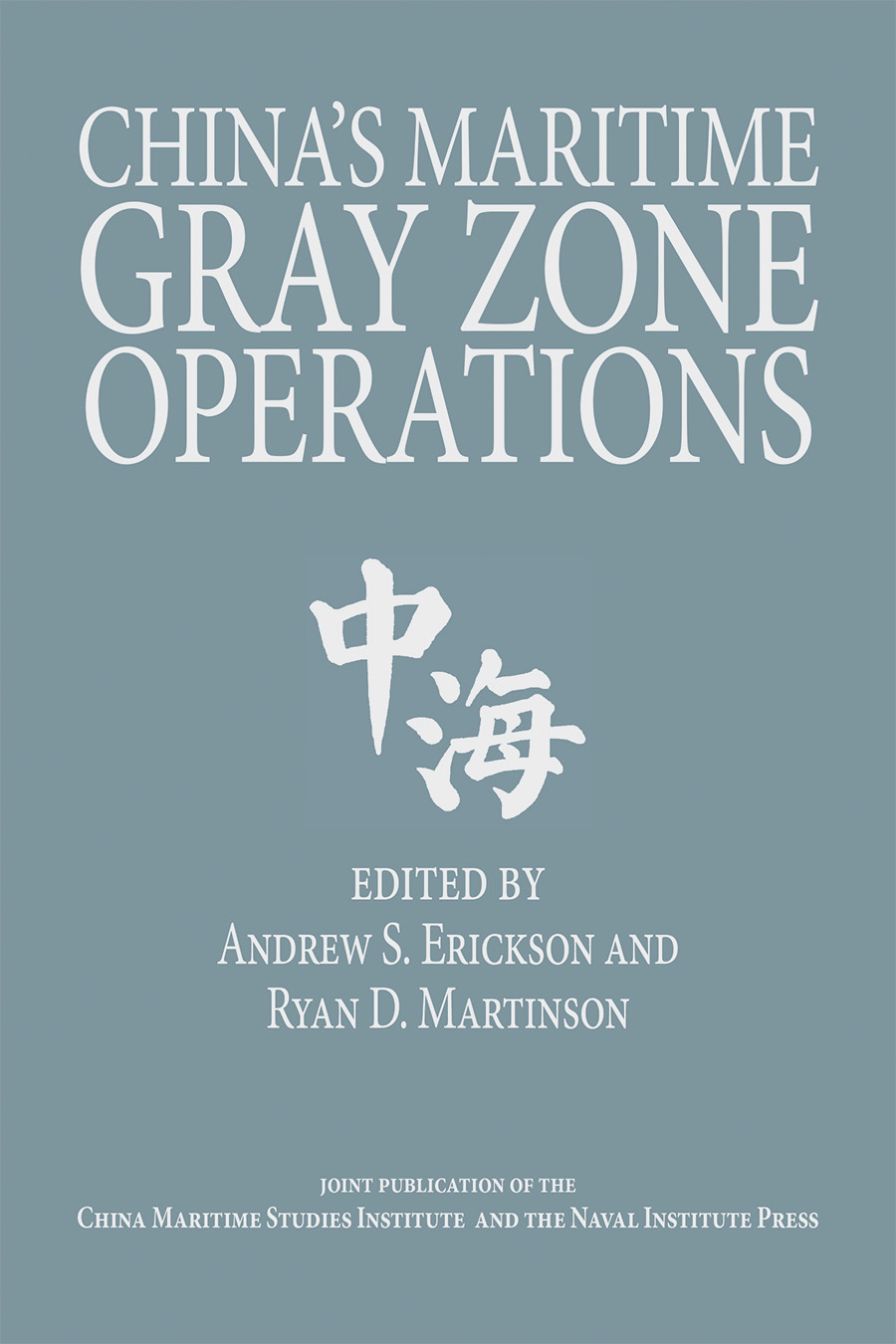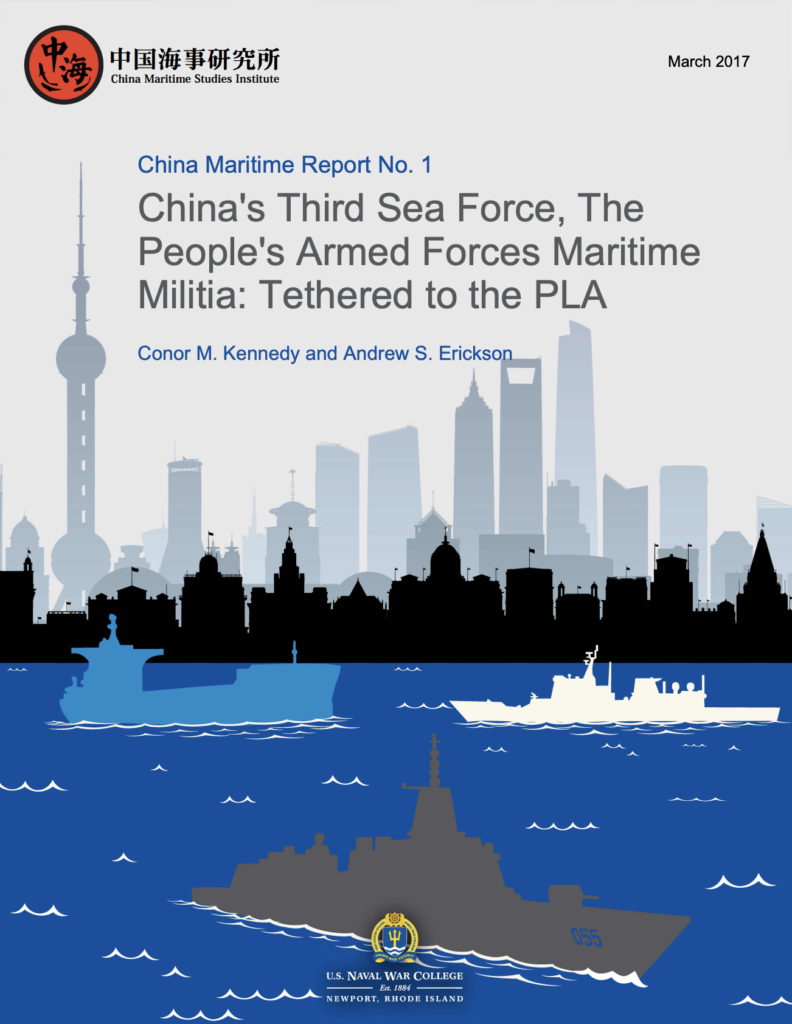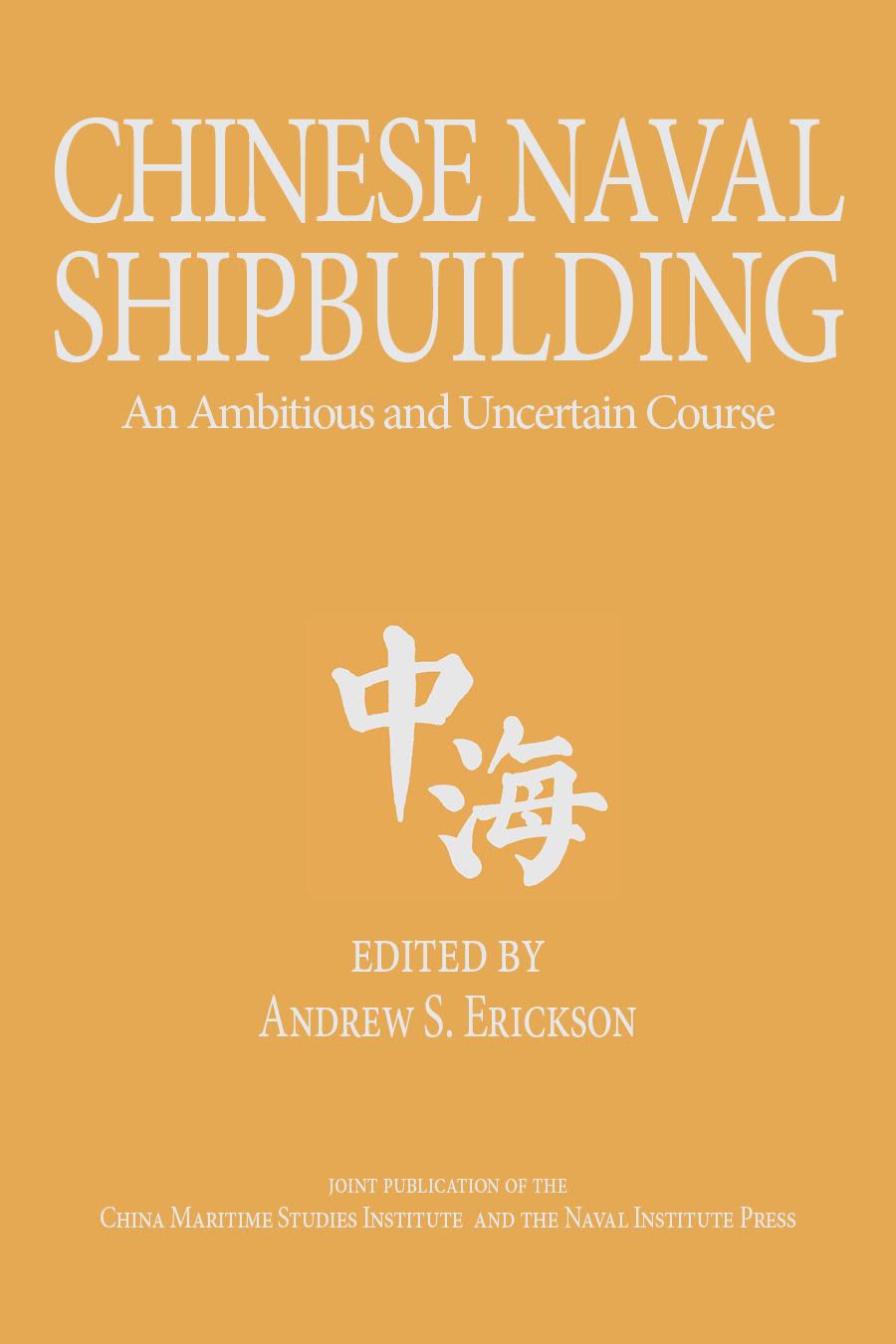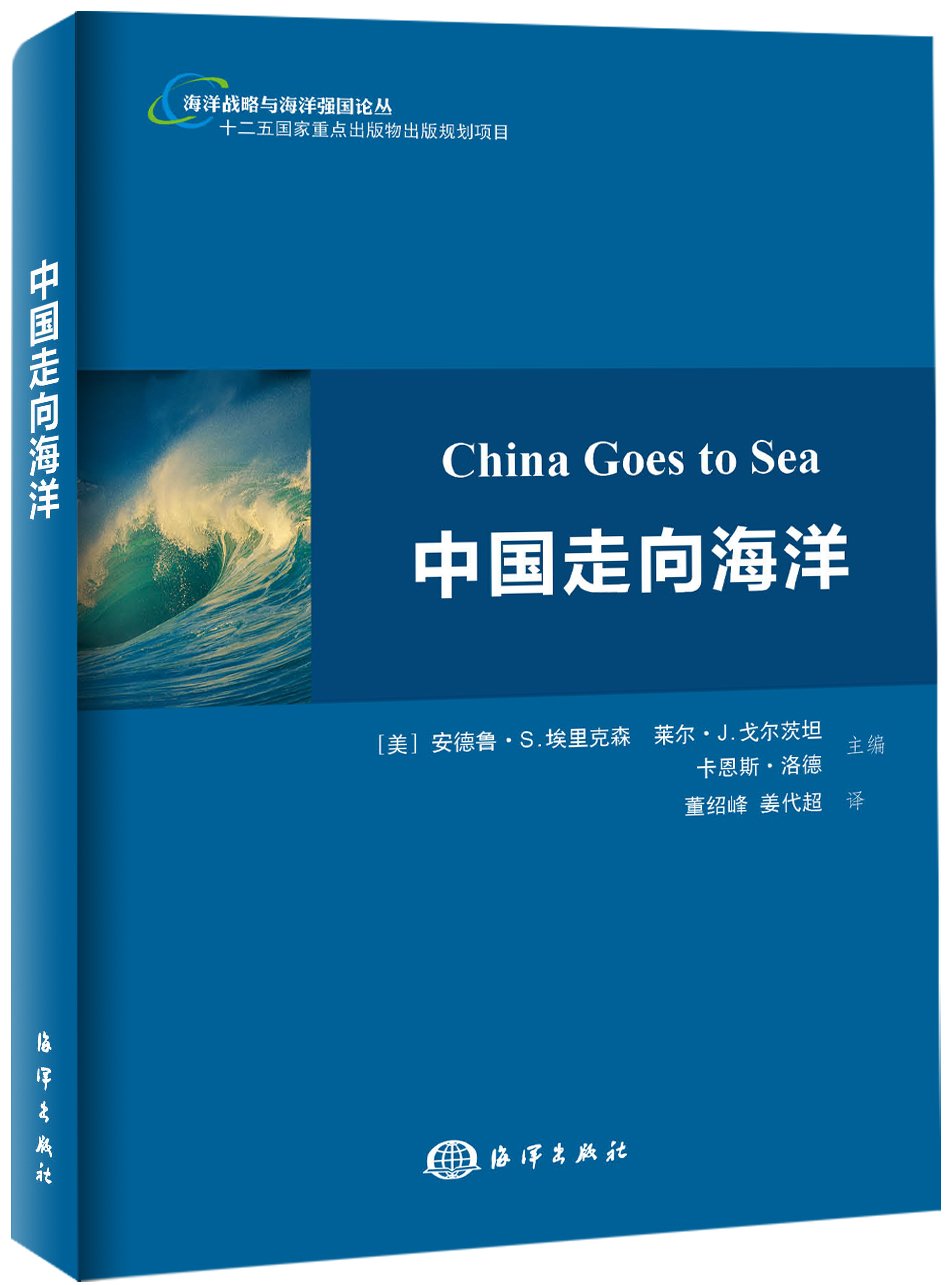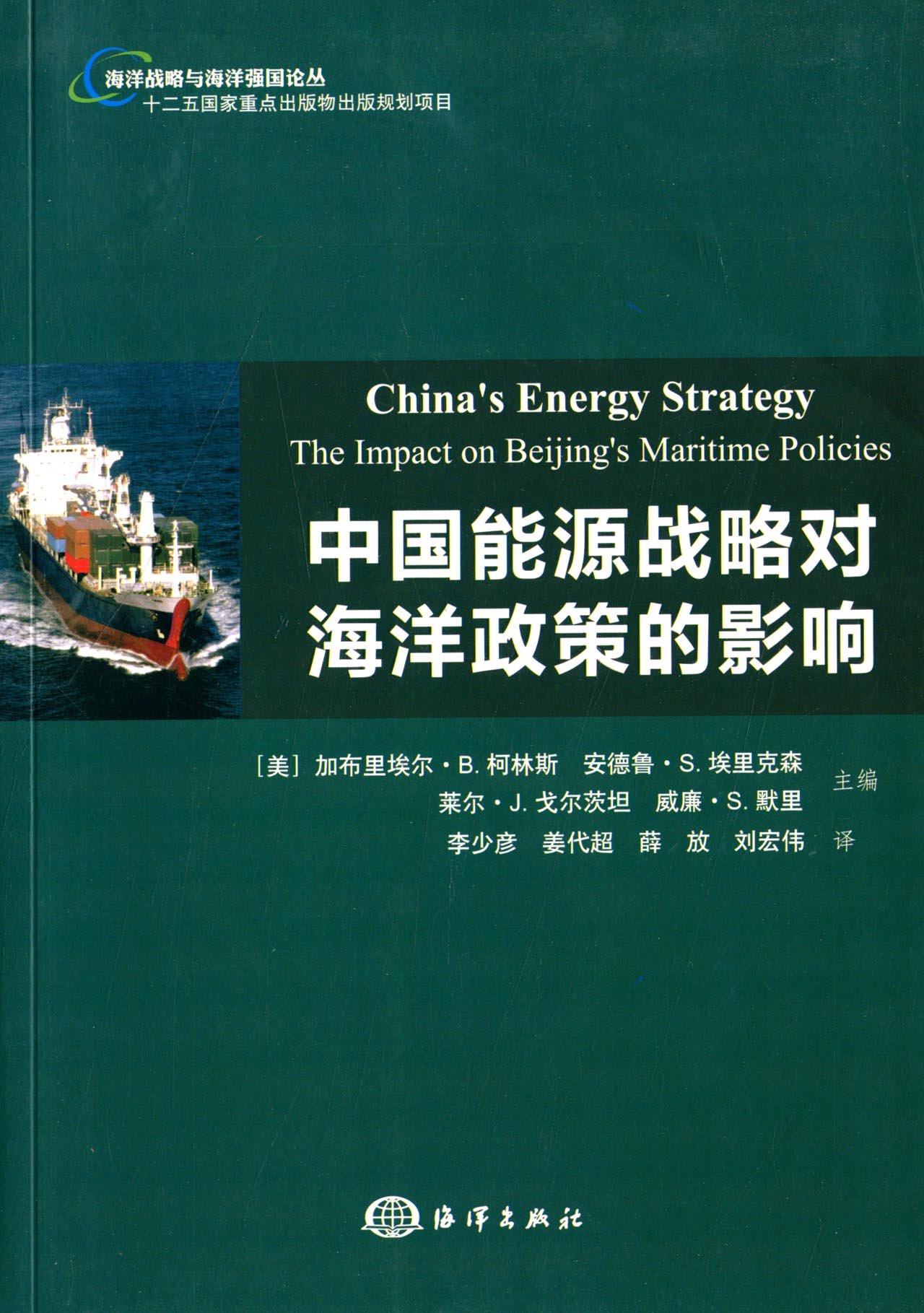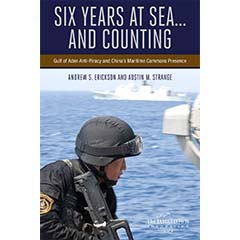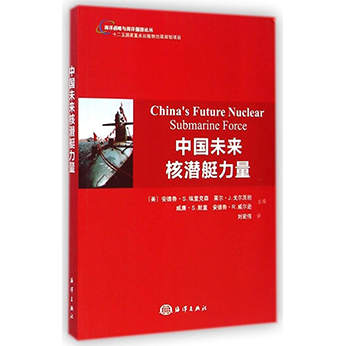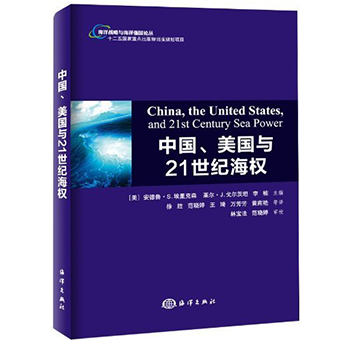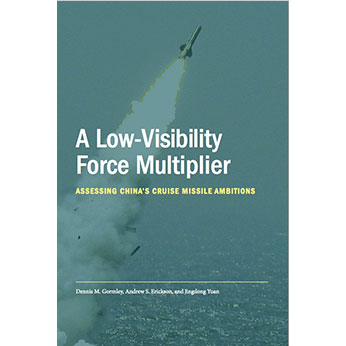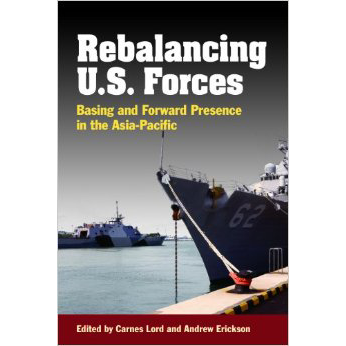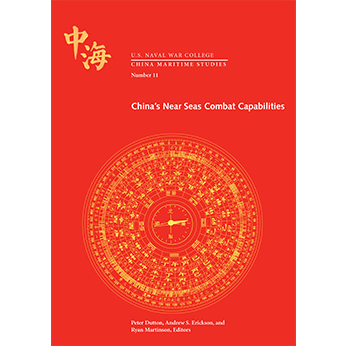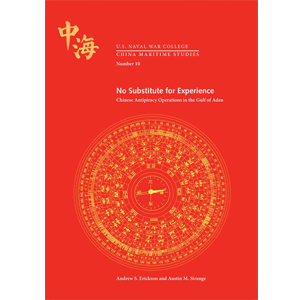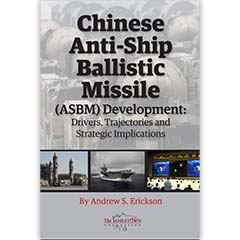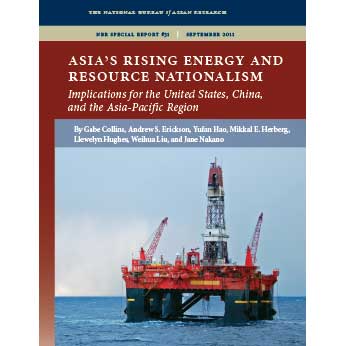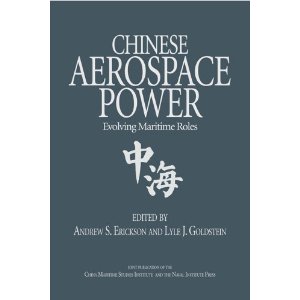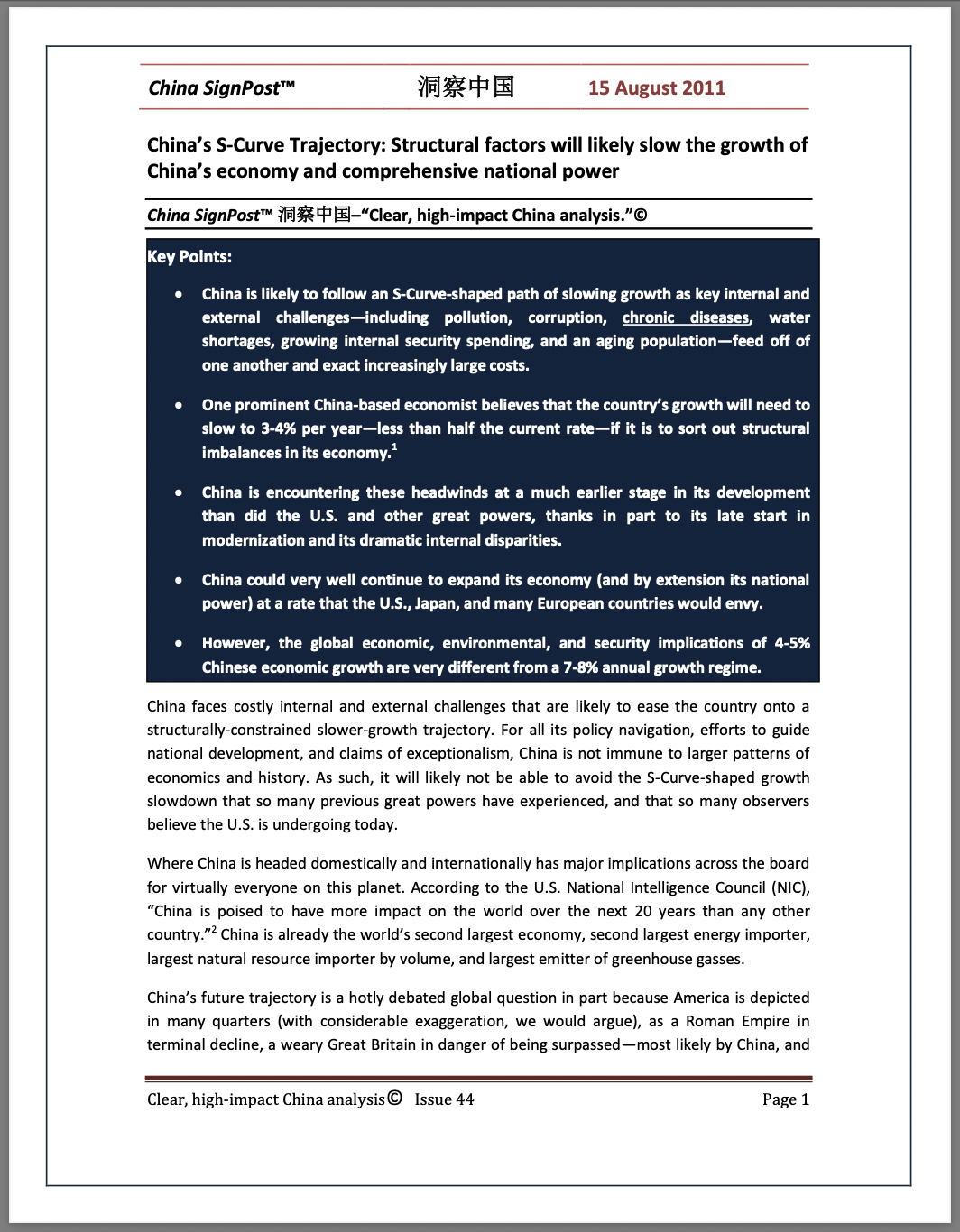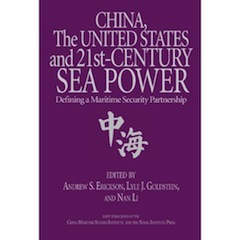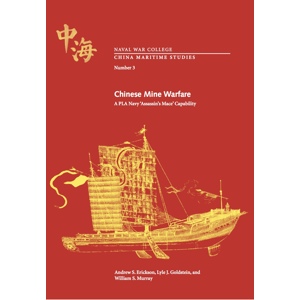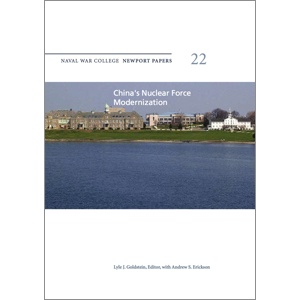China’s Amphibious Warfare: History, Doctrine, and Forces
Andrew S. Erickson, “China’s Amphibious Warfare: History, Doctrine, and Forces,” The Diplomat, 14 December 2024.
Part one of a two-part series detailing China’s amphibious warfare and the implications for Taiwan.
- Republished in RealClearDefense, 16 December 2024.
As China surrounds Taiwan with warships, it’s time to consider what military operations Xi Jinping may be preparing for. This first part of a two-part series, based on the Naval War College’s China Maritime Studies Institute’s new edited conference volume, “Chinese Amphibious Warfare: Prospects for a Cross-Strait Invasion,” distills key findings from the book, covering history and doctrine, China’s joint amphibious force, and its supporting enablers.
In what is also a warning to the incoming Trump administration, Beijing pressured Taipei with military exercises yet again this week, along new dimensions. This latest iteration of China’s all-domain pressure campaign involved deployment of many government-controlled vessels from China’s Navy, Coast Guard, and “civilian” sector in the East and South China Seas: waters near Taiwan and Japan’s southwest islands, with unprecedented coverage of the First Island Chain.
There, according to Taiwan Defense Ministry spokesman Sun Li-fang, China undertook its largest maritime operations since 1996. Roughly 60 naval warships, 30 Coast Guard vessels, and several thousand personnelwere directly involved. China has “extended their military strength outward,” senior Taiwan Defense Ministry official General Hsieh Jih-sheng told reporters. “The numbers are indeed astonishing.”
Seven “temporary reserved areas” of airspace east of Fujian and Zhejiang provinces also allowed for military aerospace operations. On December 9 alone, Taiwan’s Defense Ministry reported, 47 People’s Liberation Army (PLA) aircraft were active around Taiwan, 16 of which crossed the Taiwan Strait’s median line and entered Taiwan’s air defense identification zone (ADIZ).
My quarter-century of watching China’s military coincides with its most concerted ramp-up, yet never have I seen so many trendlines converging so concerningly as is happening of late. China is engaged in the most dramatic military buildup since World War II, constantly adding staggering quantities of advanced weapons, and training relentlessly to employ them effectively.
To maximize his historical legacy, paramount leader Xi Jinping clearly covets the ultimate geopolitical prize: Taiwan, the last redoubt of flourishing freedom in the Chinese Communist Party (CCP)-claimed sphere. Xi can still be deterred from invading Taiwan, but the scope for doing so is decreasing precipitously. Time is running short, and the stakes could scarcely be higher.
That is why it is vitally urgent to understand what Xi’s ultimate move to take Taiwan might look like, and to double down on defenses to deter him from ever attempting it – by far the best outcome for all concerned.
To that end, the Naval War College’s China Maritime Studies Institute (CMSI) has just published its eighth edited conference volume, “Chinese Amphibious Warfare: Prospects for a Cross-Strait Invasion.” (Access a free full-text PDF here.) CMSI’s findings are nuanced but bracing. Previously limited in ability to conduct joint firepower strike, blockade, and island landing campaigns against Taiwan, China’s military is making rapid progress across the board as it prepares to meet the requirements of Xi’s Centennial Military Building Goal – a development deadline to give him a full toolkit of Taiwan-relevant military operational capabilities by 2027.
Drawing on research, writing, and insights from some of the world’s leading experts, CMSI’s latest book offers something for everyone interested in these vital subjects: gripping historical narratives, cutting-edge analysis, numerous graphics and data tables, and an appendix detailing the major warships and landing craft in China’s amphibious order of battle with exquisite ship silhouettes and specifications. This volume probes key questions: How might China’s armed forces attempt to execute its Joint Island Landing Campaign to achieve a cross-strait invasion of Taiwan? What might be its prospects for success, and what must Taiwan – with U.S. support – do urgently to shore up deterrence?
Since CMSI’s founding two decades ago (internally in 2004, externally in 2006), its principles have included focusing on the People’s Republic of China (PRC)’s military maritime development – across the waterfront, far beyond naval affairs alone. We believe that rigorously analyzing pedigreed Chinese-language open sources offers unique insights, particularly through surveying PRC thinking and discerning inner layers indirectly, as well as through probing frontier intangibles. This is how CMSI has approached every conference and resulting volume, including this one on large-scale amphibious warfare in PRC military strategy. … … …
This first part of a two-part series has summarized key findings from “Chinese Amphibious Warfare” in the areas of the PRC’s amphibious history and doctrine as well as its current joint force and its supporting enablers. Part 2 will offer larger implications from the book’s penultimate and concluding sections, and spotlight ongoing research areas.







